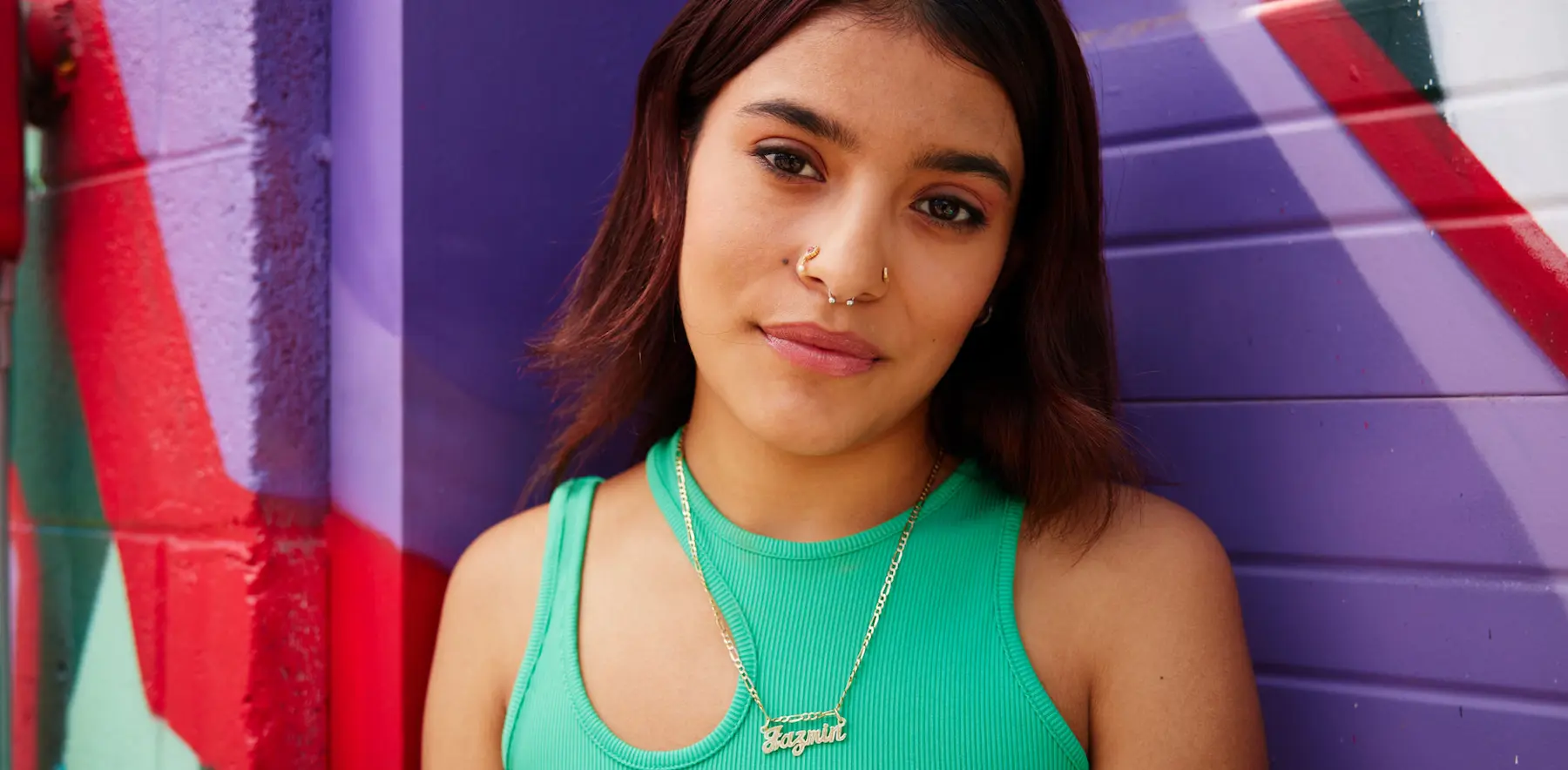
Common species of the cannabis plant are the Cannabis sativa and Cannabis indica plants. Cannabis contains over 500 chemicals, of which 60 are known to interact with the nervous system. A group of chemical compounds called cannabinoids are responsible for the psychoactive effects of cannabis, with the most widely known being tetrahydrocannabinol (THC) and cannabidiol (CBD).
Flower is the basis of all other forms of cannabis products, as described below. There are a variety of ways to use cannabis, most commonly through inhaling smoke or eating or drinking infused products. Each product contains differing concentrations of THC and CBD, and each method can take different amounts of time to produce the variety of feelings of being “high.”
THC is responsible for the psychoactive “high” effects of cannabis, which include lightheadedness, increased heart rate, sweating, trembling, increased appetite, euphoria, relaxation, distortions in vision, mental confusion, and dizziness. These effects can lead to racing thoughts, loss of concentration, difficulties in coordination, anxiety, fear, panic, or paranoia. It is illegal in states without recreational or medical cannabis laws, and illegal everywhere for people under 21.
THC can be associated with physical and mental problems, but it is also the basis for the FDA-approved drugs dronabinol (Marinol, Syndros) and nabilone (Cesamet). They are used to help the nausea of chemotherapy and also lack of appetite that can affect people with severe weight loss from AIDS. These are standardized and available by prescription only.
CBD, typically derived from hemp, does not produce the psychoactive “high” effects of THC. It is used to help with pain, anxiety, inflammation, and seizures. CBD is usually taken by mouth or sometimes applied topically as a cream, oil, or lotion. These effects are still being studied, so consult a medical professional before using CBD products. While CBD is legal in many states, check your state’s laws for regulatory details.
Epidiolex, the only FDA-approved prescription CBD medication, treats epilepsy in specific populations.
There is a lot of terminology out there. Click through our chart to learn the definitions of some of the words you hear that may be confusing.
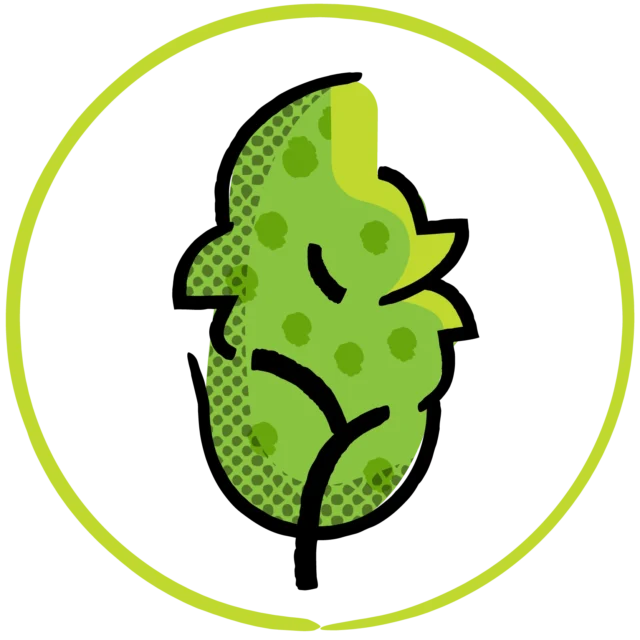
Flower refers to the dried flower bud, sometimes called a “nug,” of a female cannabis plant. Typically, the flower of a cannabis plant is what's harvested, dried, cured, and sold at dispensaries. Flower is also used to create other cannabis products like concentrates,
tinctures, and oils.
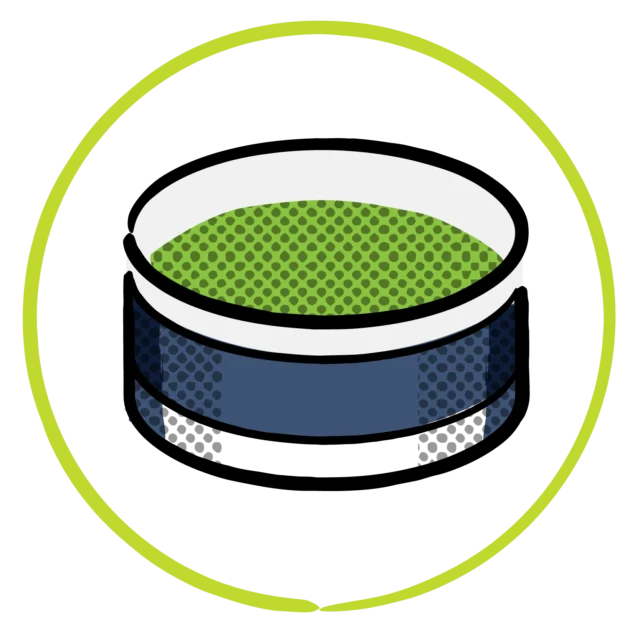
Kief is a fine powder that falls off of the flower and leaves when it is ground and contains a much higher concentration of THC than flower.
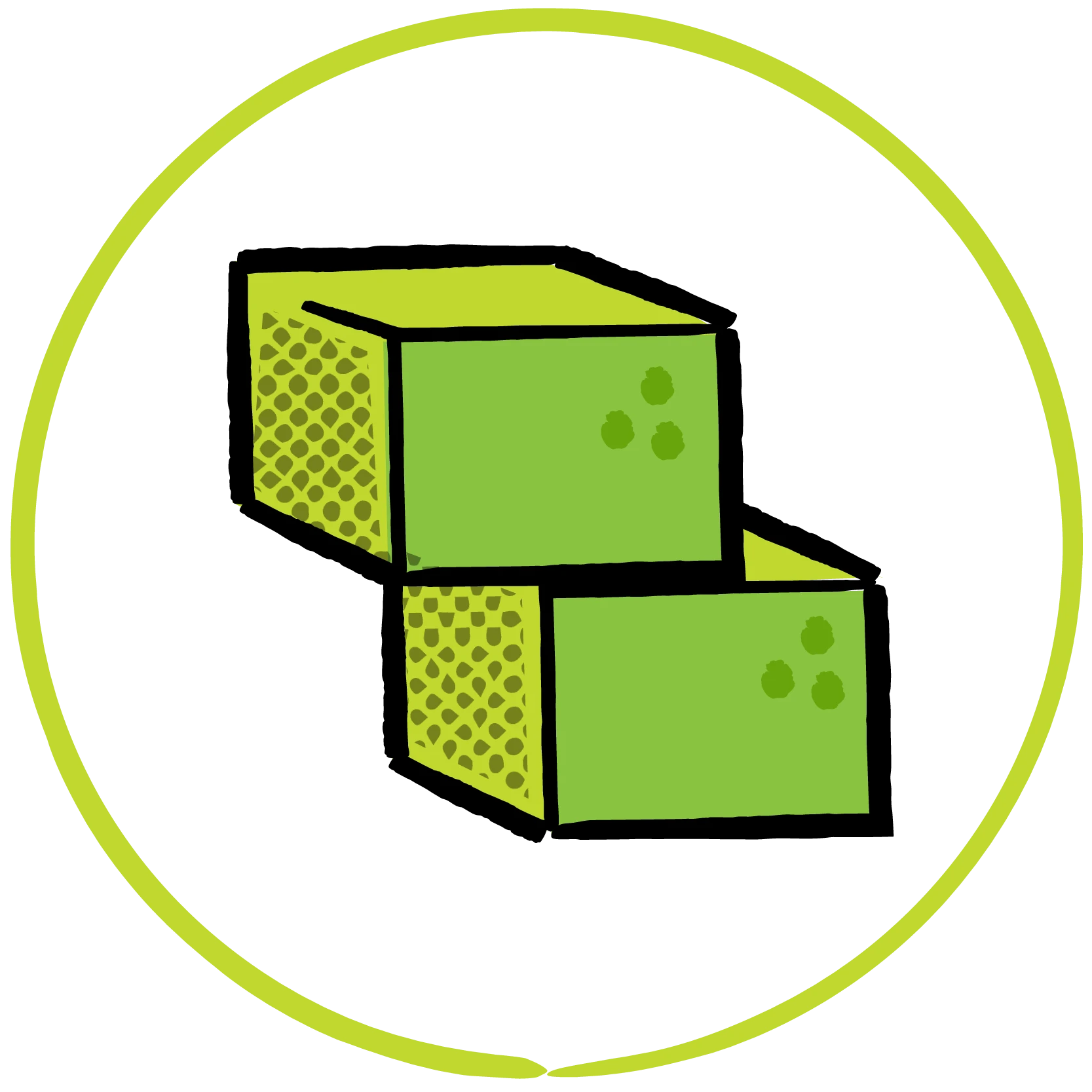
Edibles are food products infused with cannabis. Though smoking cannabis is the most common method of consumption, eating it is quickly becoming a popular way to consume the drug. Brownies are among the most common food products infused with cannabis. Almost any food can be infused with cannabis or prepared with cannabis-infused oil or butter.

Resin is a brown, sticky substance found on the trichomes of a cannabis plant. It is used to make hashish, “live resin,” rosin, butane hash oil, and CO2 oil.

Butane hash oil (BHO) and similar concentrates are created by extracting THC from hash with a solvent such as butane. They are often called “dabs,” “waxes” or “honey oil” and vary in color and consistency.

Vape pens can contain THC oil that has been extracted and may have concentrations up to 95% THC.
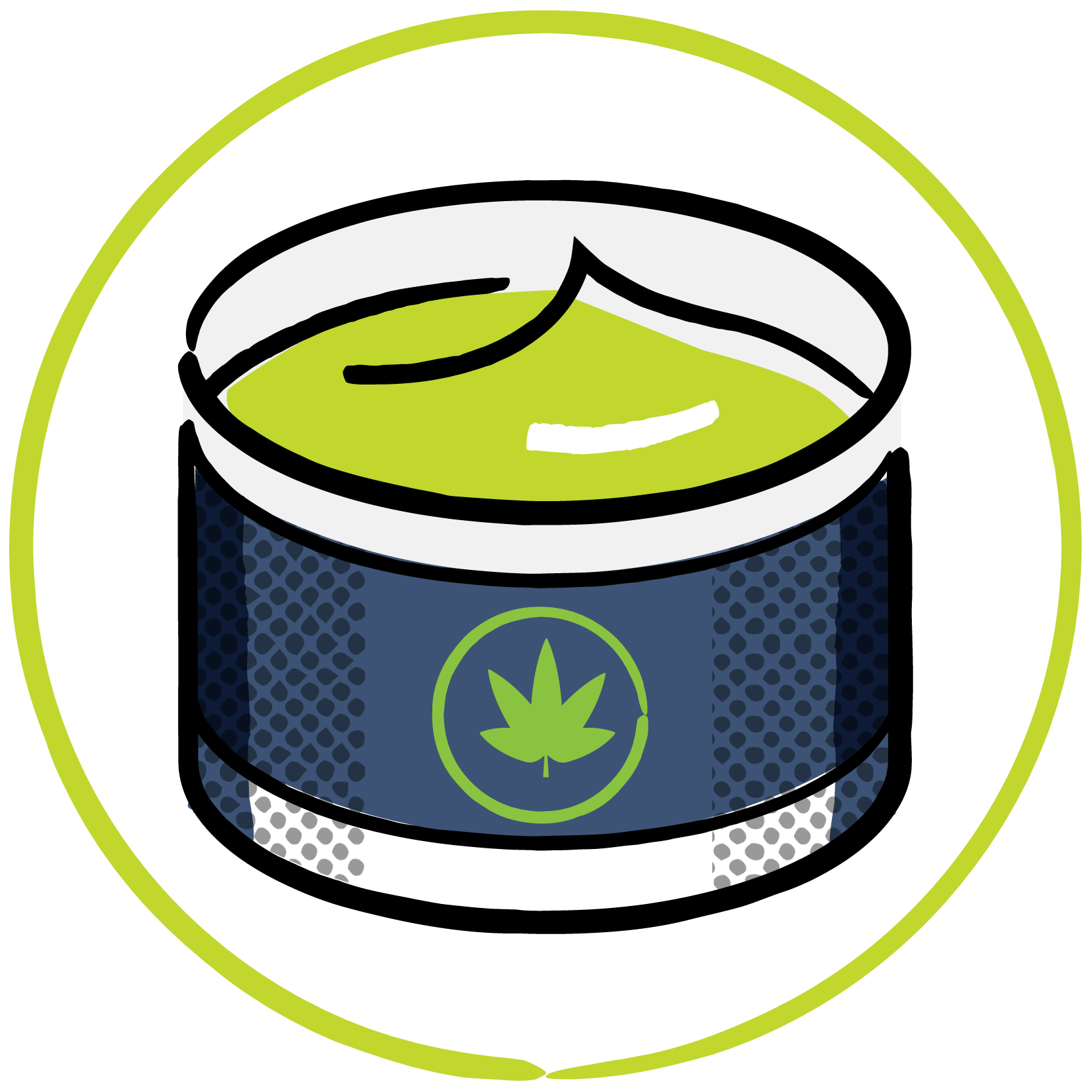
Topicals are products that contain THC and/or CBD extract that can be applied to the skin for pain relief or inflammation that do not make you feel high. These products can include lotions, oils, and balms.
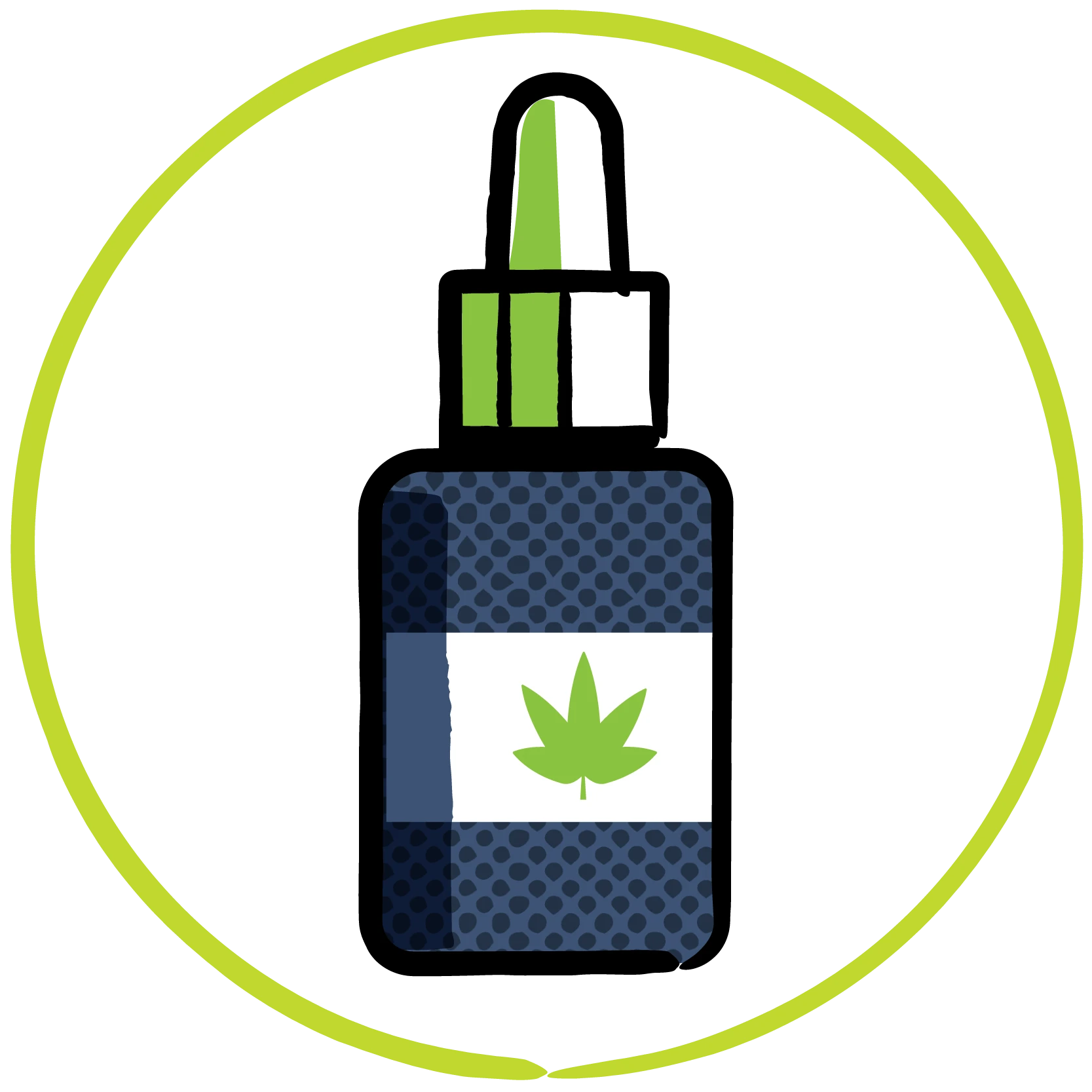
Tinctures are liquid products that contain highly concentrated THC and/or CBD extracts that are placed under the tongue. They are usually made by soaking cannabis in alcohol, vegetable glycerin, or extracting the THC into a cooking oil.
There is a lot of terminology out there. Click through our chart to learn the definitions of some of the words you hear that may be confusing.
High concentration cannabis refers to any cannabis product that contains very high levels of THC. The amount of THC is typically expressed as a percentage of THC per gram of product. Keep in mind, there’s a wide range for what's considered “high concentration” cannabis. Several factors influence the exposure dose after both acute and chronic use: THC concentration in the product, route of administration (edibles, smoking, vaping), duration/frequency of use, and how much tolerance an individual has built through chronic use. The more tolerant an individual is, the more THC is needed to achieve the same effect.

Today’s cannabis is not the same as that of 40, 10, or even 5 years ago. THC concentrations have been increasing steeply. In 1983, THC concentrations averaged around 3%. Now, THC levels in concentrates such as oil, shatter, dabs, and edibles can be up to 95%. Different products have different concentrations, and different batches of the same product can have different concentrations. So youth can easily ingest far more THC than they intended.
Stress is how the brain and body respond to pressures and demands, causing physical, emotional, and mental reactions like worry and anxiety. It arises from new or unexpected events and situations where we feel little control. Stress can result from positive events like a new job or negative ones like illness or conflicts. There are three main types of stress: routine stress from daily responsibilities, sudden stress from unexpected events, and traumatic stress from severe incidents.
Coping strategies can help people manage stress. Coping strategies are the conscious efforts and behaviors people employ to manage, tolerate, or reduce stress, adversity, or challenging situations. It is important to remember that coping can be positive or negative, and can vary across people based on personality, experiences, and available resources. The goal of coping is generally to regulate emotions, alleviate stress, and adapt to difficult circumstances.
Coping strategies can be categorized as either healthy or unhealthy.
For any questions, please email info@teaonthc.org
Powered by Colorado School of Public Health
Desarrollado por la Escuela de Salud Pública de Colorado